
Data Science Demystified: A Beginner’s Guide toConcepts, Tools, and 2025 Skills
In today’s data-driven world, terms like Data Science, Machine Learning, and Artificial Intelligence are no longer just buzzwords—they’re essential pillars of innovation across every industry. Whether you’re a student, career switcher, or tech enthusiast, this blog is your go-to guide for understanding the fundamentals of Data Science, Python’s dominance in the field, key distinctions between AI, ML, and Deep Learning, and the top skills to master in 2025.
What is Data Science? A Beginner’s Guide
Data Science is the art and science of turning raw data into actionable insights. Itcombines mathematics, statistics, computer science, and domain knowledge toextract value from data.
Core steps in a data science project:
● Data Collection: Gathering data from various sources like databases, APIs, or sensors.
● Data Cleaning: Removing noise and handling missing values.
● Exploratory Data Analysis (EDA): Identifying patterns and trends.
● Model Building: Using algorithms to make predictions or classifications.
● Deployment & Monitoring: Making models accessible in real-world applications.
Real-life examples? Predicting customer churn, recommending movies, detecting fraud—Data Science is everywhere.
How Python Became the Language of Data Science
Among all programming languages, Python has emerged as the top choice for data scientists—and for good reason.
Why Python?
Simplicity & Readability: Its syntax is beginner-friendly.
Powerful Libraries: From NumPy for numerical computing, Pandas for datamanipulation, Matplotlib for visualization, to Scikit-learn and TensorFlow for ML and deep learning—Python has it all.
Community Support: A vibrant community means lots of tutorials, forums,and packages.
Versatility: Use it for web apps, automation, AI, analytics.
Whether you’re analyzing a dataset or building a neural network, Python makes it easier and faster.
AI vs Machine Learning vs Deep Learning: What’s the Difference?
People often mix up AI, ML, and DL—let’s clear it up with a simple breakdown:
Term What It Is Example
AI Simulation of human intelligence in machines A chatbot answering your questions
Machine
Learning (ML) Subset of AI where machines learn from data Email spam filtering
Deep Learning(DL) Subset of ML using neural networks Face recognition in photos
In simple terms:
AI is the goal, ML is how we achieve it, and DL is a special technique used within ML for complex tasks like voice assistants or self-driving cars.
Top 5 In-Demand Data Science Skills in 2025
The data science job market is booming. But what should you focus on to stand out in 2025?
1. Python Programming
Still the #1 language. Learn its data science libraries and write clean, efficient code.
2. Data Manipulation & Analysis
Master Pandas, NumPy, and SQL to prepare and analyze datasets.
3. Machine Learning Algorithms
Know how to use and fine-tune models like Linear Regression, Decision Trees, Random Forest, and K-Means.
4. Data Visualization
Learn tools like Matplotlib, Seaborn, and Power BI to present insights that drive decisions.
5. Cloud & Deployment Skills
Understanding platforms like Google Colab and how to deploy models with Flask or Streamlit gives you an edge.
Final Thoughts
Data Science isn’t just about code or stats—it’s about solving real-world problems using data. And in 2025, the opportunities are endless. With the right tools (like Python), a strong understanding of core concepts, and a focus on the most relevant skills, you’ll be ready to thrive in this exciting field.
Whether you’re just starting or upskilling, now is the perfect time to dive in. Your journey into data science begins today.
Abitha Antony

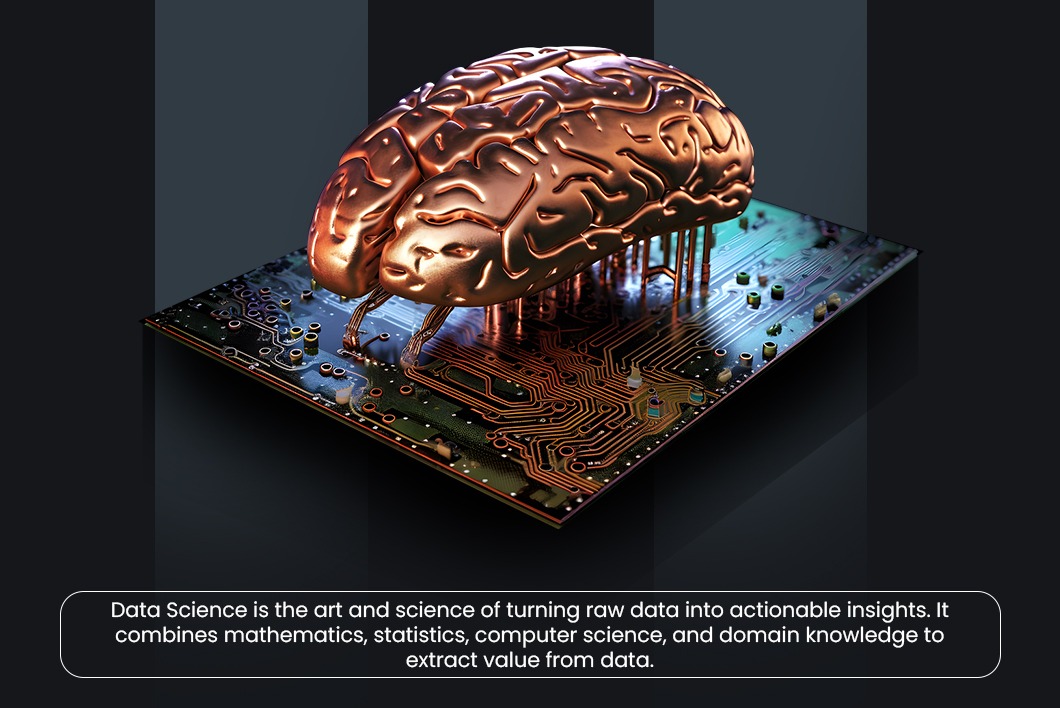

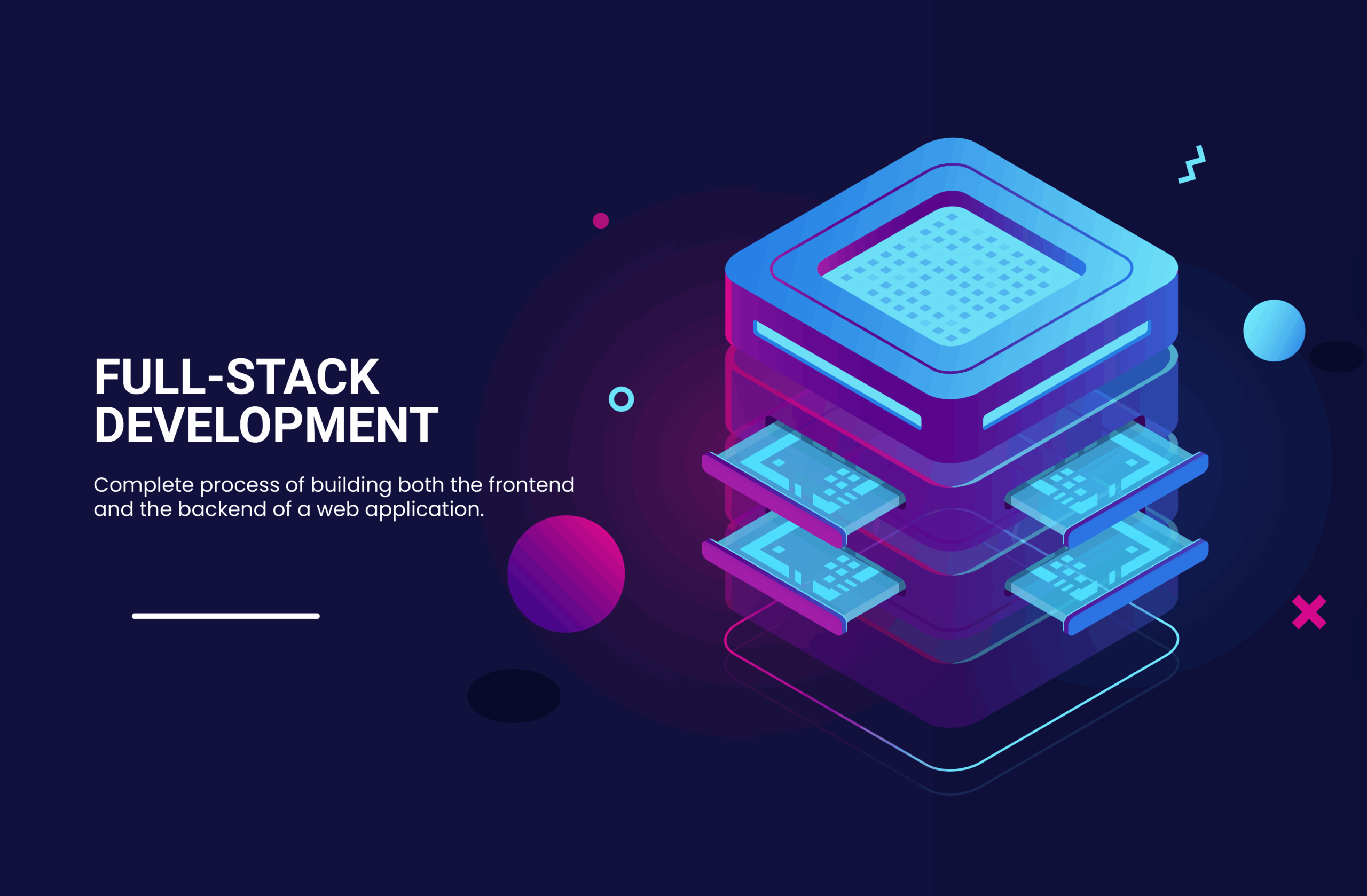
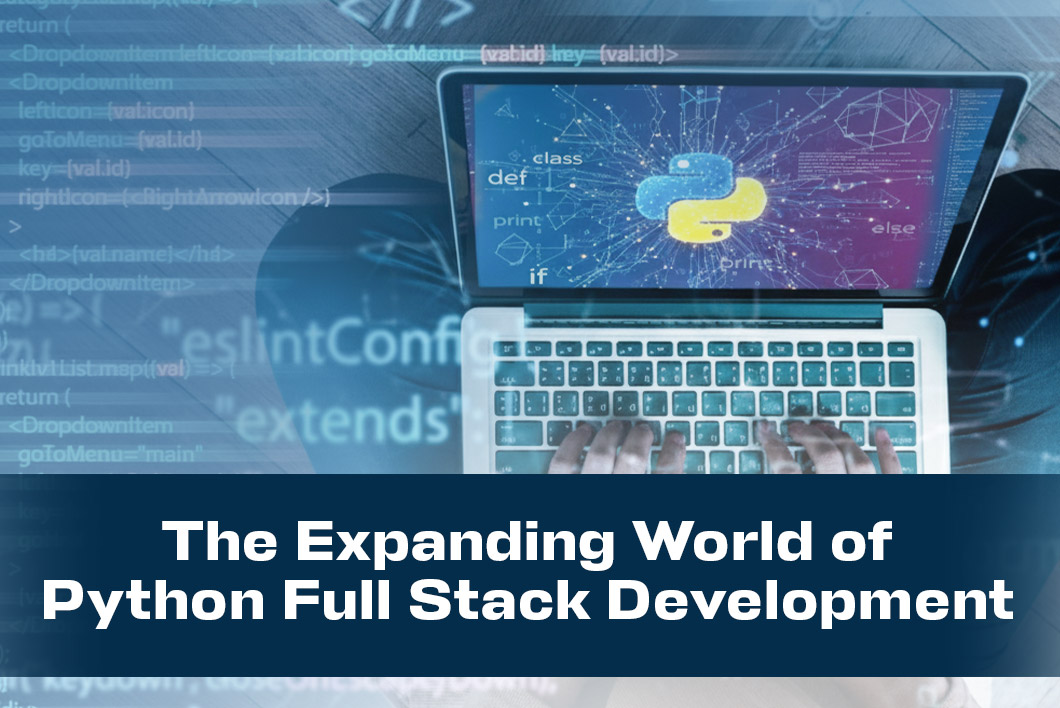
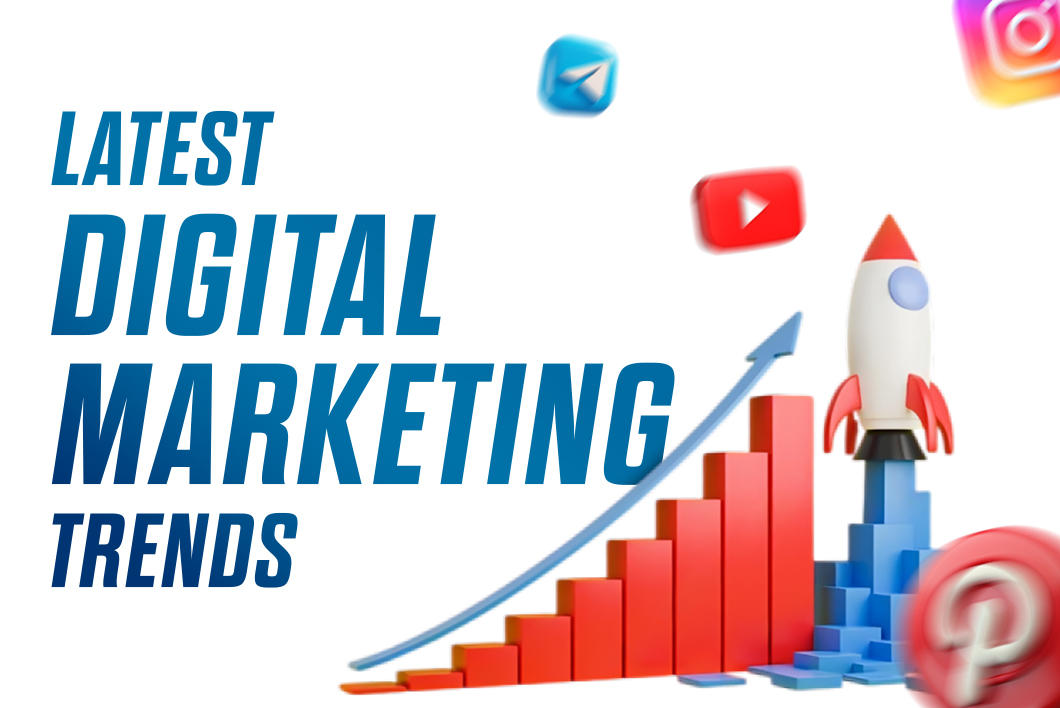
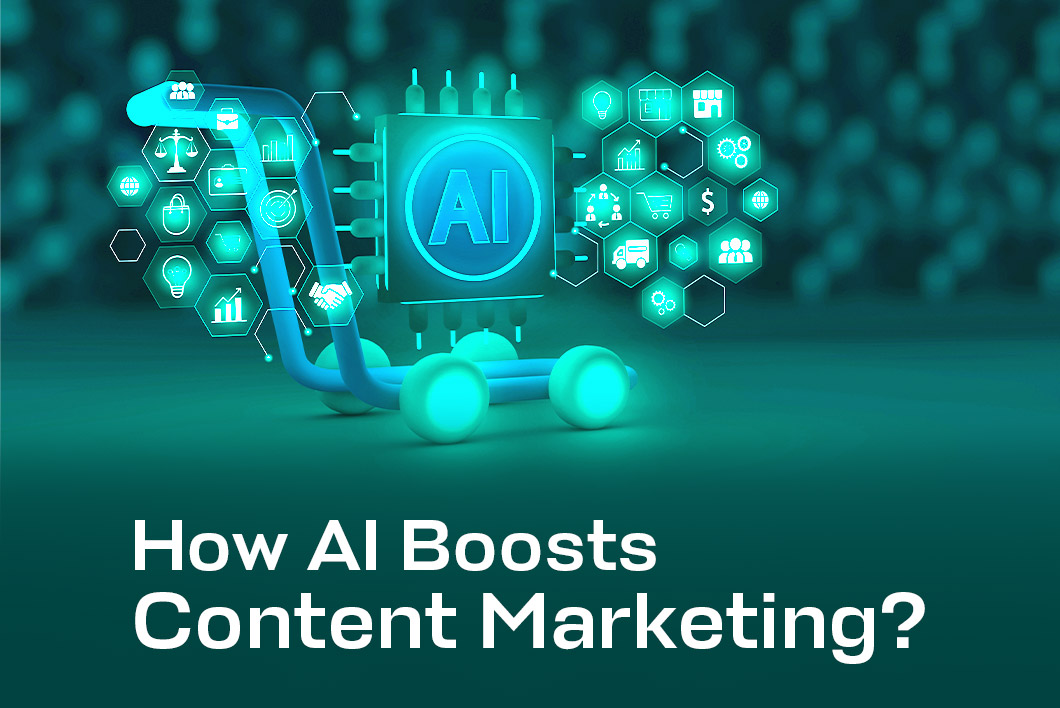

 How can I help you?
How can I help you?